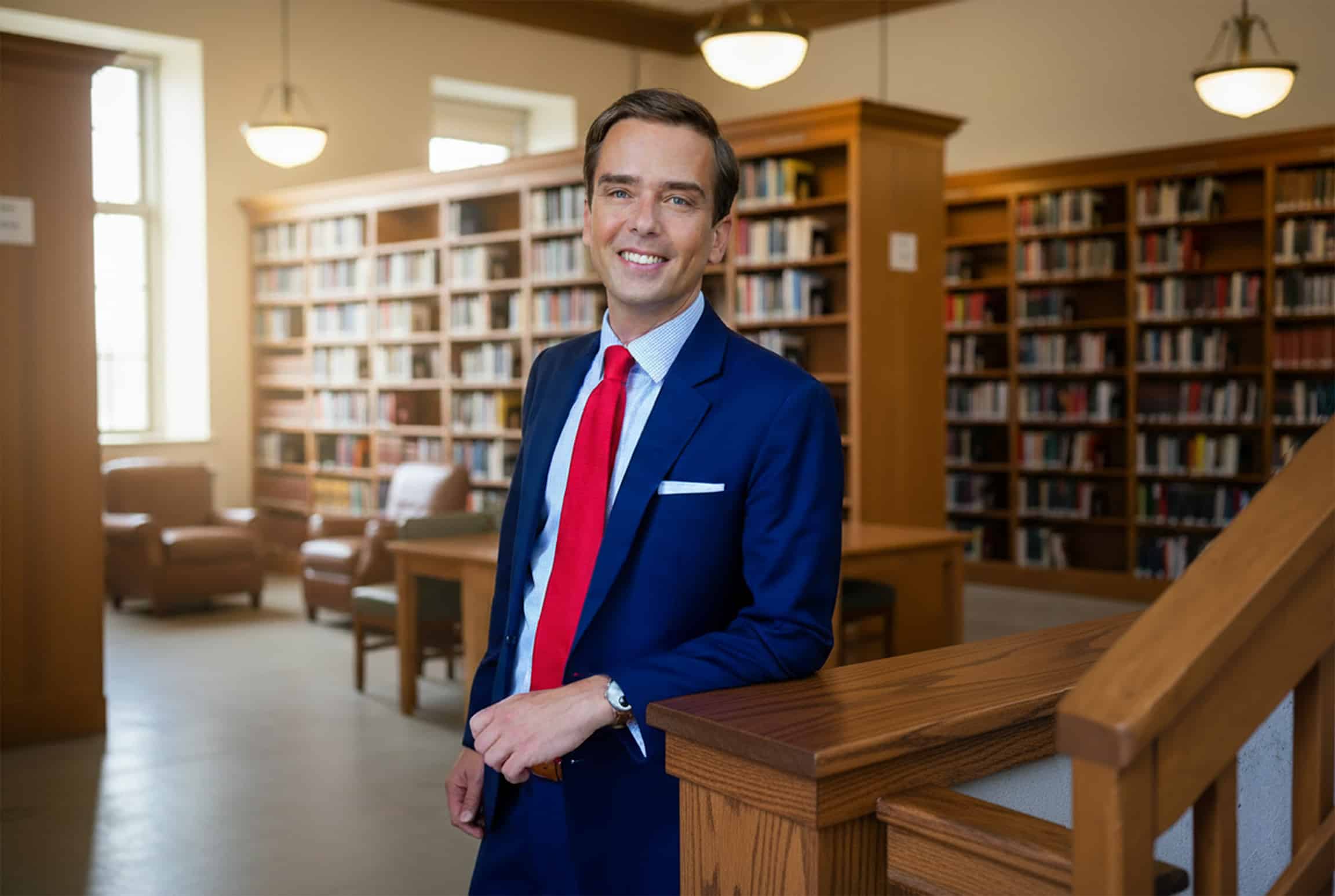
Geneva, Switzerland ,In what sounds like a page taken from the books of ancient alchemists, scientists at the renowned giant particle accelerator, the Large Hadron Collider (LHC), have successfully transformed lead, a base metal, into gold, a precious metal. Though fleeting and microscopic in scale, this modern-day alchemy marks a milestone in the exploration of atomic nuclei, nuclear physics, and high-energy particle physics.
This revelation was made possible by the ALICE collaboration, one of the major experiments working within the LHC at CERN (European Organization for Nuclear Research), the world’s most powerful particle accelerator.
The Science Behind the Alchemy
Unlike typical head-on collisions, the ALICE team explored near-miss collisions, where ion beams of gold nuclei and lead nuclei travel at super-high speeds within the beam pipe and just miss direct impact. These ultra-peripheral collisions allow the electromagnetic field lines around the nuclei to interact intensely, without full-on nuclear fusion. These photon-nucleus interactions lead to the ejection of particles.
In one such scenario, scientists managed to knock out three single protons from lead atoms. The loss of these protons changed the elementary charge of the nucleus, effectively transmuting lead into gold.
As Marco van Leeuwen, coordinator of the ALICE project, stated: “It’s impressive that our detectors can handle both head-on collisions that produce thousands of particles and these finely tuned events that generate just a few.”
How Much Gold Was Created?
While groundbreaking, the formation of gold through this method is not economically viable. From 2015 to 2018, researchers created approximately 86 billion gold atoms, weighing only 29 picograms of gold less than a trillionth of a gram in terms of mass. Even a visible bit of gold would require trillions of times more atoms.
Today, the LHC can create around 89,000 gold atoms per second, but due to radioactive decay, each atom exists only for a split second. This maximum rate of gold production makes it a purely scientific triumph, not a hope of riches realization.
The Breakthrough in Detection
Detection was key. The ALICE team used Zero Degree Calorimeters (ZDCs) degree calorimeters that capture blocks of matter at precise angles to track the time of gold production events. These ZDCs enabled the first systematic detection of gold’s unique signature, confirming its fleeting existence.
According to scientist Uliana Dmitrieva: “Thanks to the unique capabilities of the ALICE ZDCs, the present analysis is the first to systematically detect and analyse the production of gold at the LHC.”
Why It Matters, Beyond the Gold
While the dream of alchemists was to generate precious metals, today’s experiment serves a more profound purpose. It helps refine theoretical models related to electromagnetic dissociation processes, which are essential to understanding beam losses a major limit in future colliders and the LHC itself.
As researcher John Jowett explained: “The results test and improve models of intrinsic physics, helping predict beam losses and maintain beam quality, which limits performance in future particle colliders.”
A Modern Answer to an Ancient Question
The differences in proton number and the ability to manipulate them speak to our evolving control over internal matter. Centuries ago, alchemists chased the affirmation of life through transmutation. Today, it’s a celebration of life in the form of scientific discovery.
Broader Impacts: Legal, Ethical, and Societal Considerations
As we approach new technological frontiers, the legal implications of transmutation and atomic-level manipulations loom large:
- Intellectual Property: Who holds the rights to such transformative technology?
- Economic Regulation: Could an influx of artificial precious metals destabilize markets?
- Environmental Law: Would the manipulation of dense matter create ecological risks?
- International Treaties: Could this be classified under trade and security restrictions or even weaponized?
A Legal Lens on Scientific Breakthroughs
At Ted Law Firm, we understand the intricacies where science meets law. Whether you’re navigating bioethics, intellectual property law, or the governance of beam pipe and collisions of particles, our experts are here to assist. As frequent near-miss interactions become more common, legal systems must prepare for emerging norms.
Conclusion: Gold Today, Regulation Tomorrow
The transmutation of base metal into precious metal is no longer a myth, it’s a measurable fact. Yet, as history teaches, each coup for physics invites regulatory frameworks. From ALICE ZDCs to beam losses, the ripple effects of atomic transformation stretch far beyond the direction of motion of subatomic particles. We proudly serve injury victims in Aiken, Anderson, Charleston, Atlanta, Columbia, Greenville, North Augusta and Orangeburg. If you’ve been injured due to someone else, our experienced attorneys are here to help you seek justice and recover the compensation you deserve. Contact us today for a free consultation.
